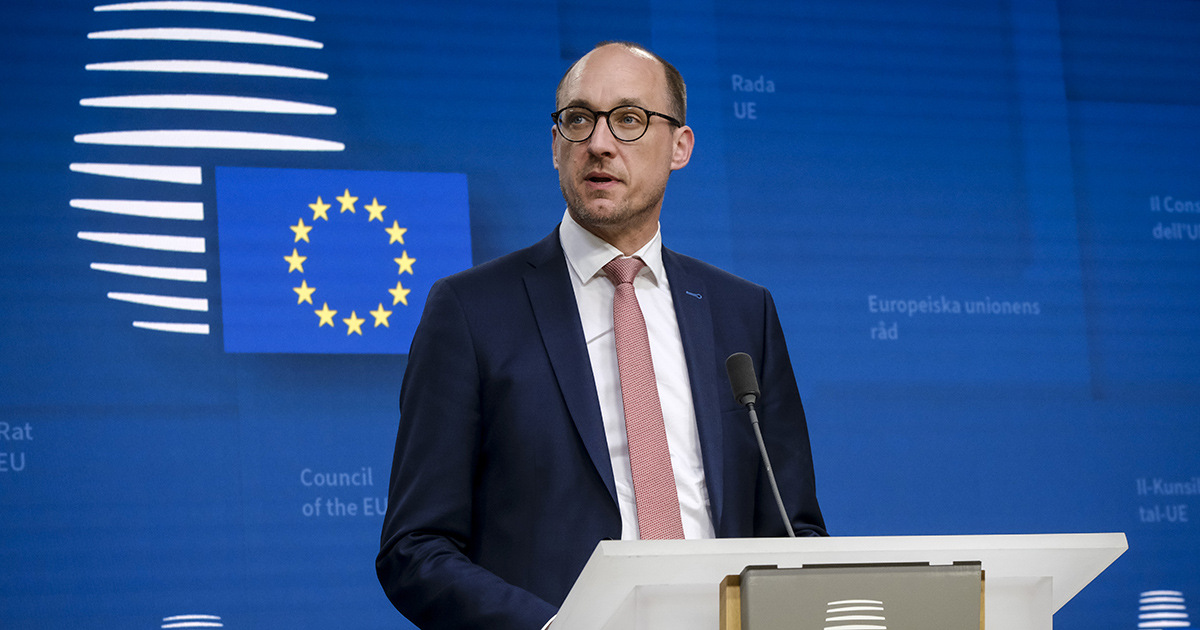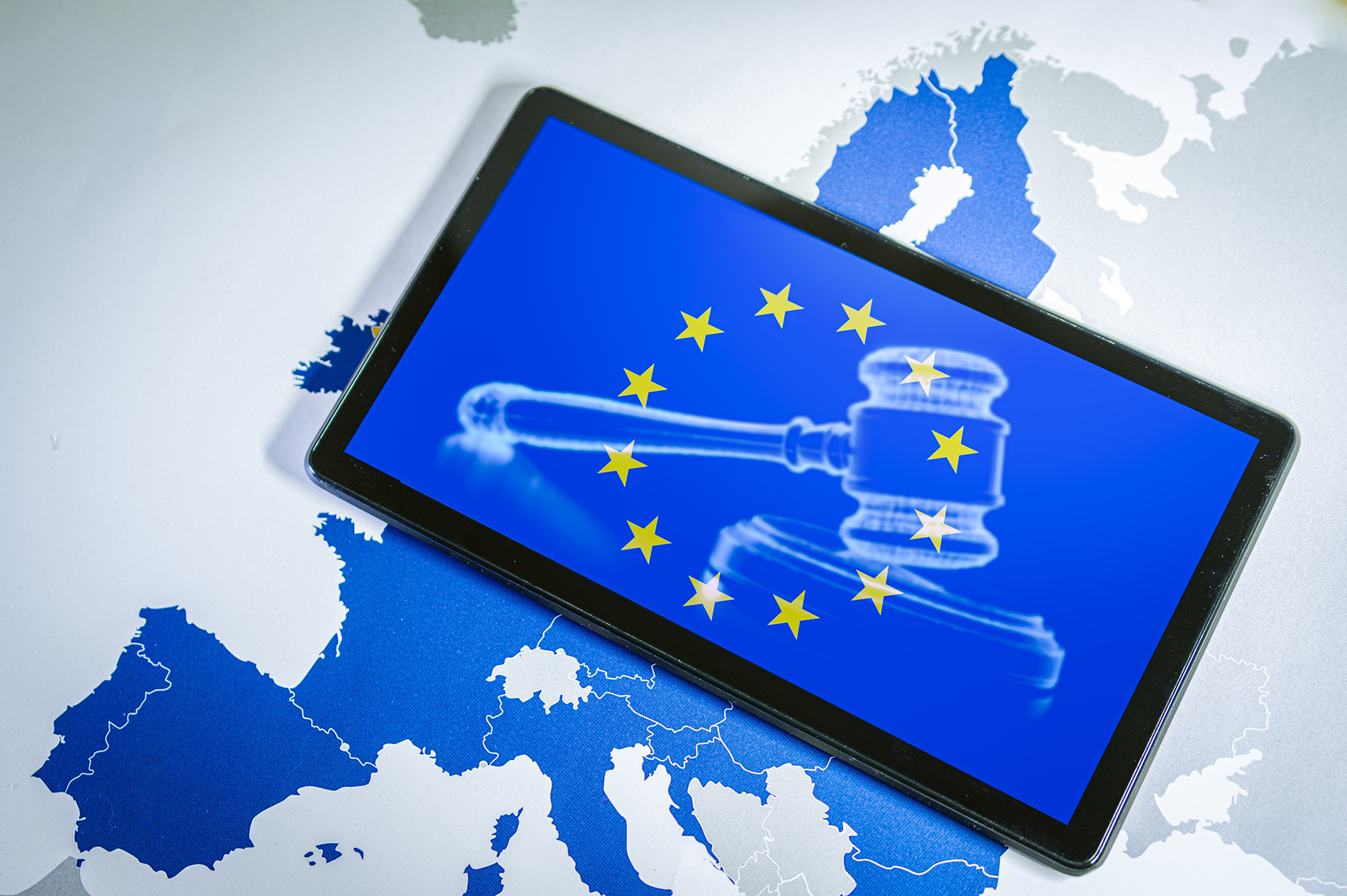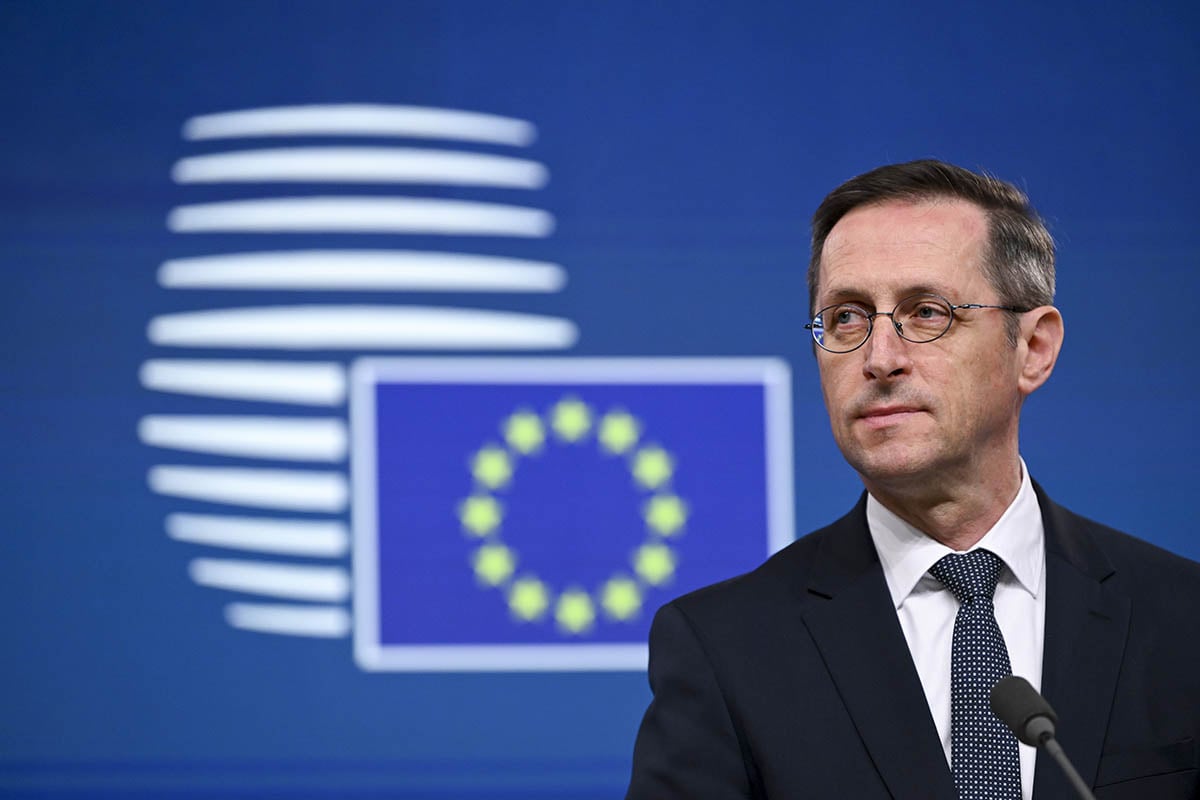VAT in the Digital Age
In December 2022, the European Commission proposed to introduce digital reporting requirements for cross-border transactions within the EU. The basis for the reporting system will be an e-invoice with an EU-wide standard. The recommendation is that the same type of reporting obligation should also be introduced nationally.
The proposal, known as ViDA (VAT In The Digital Age), has been discussed extensively in the EU and has been revised several times through various compromises. But in early November 2024, full agreement was finally reached. ViDA will happen.
After two years of negotiations, an agreement has been reached. The unanimous approval by EU finance ministers can be seen as a milestone. Now the ViDA reform can finally move forward. The directive includes a framework for national standards for e-invoices and interoperability between national and EU systems. With a decision now taken, implementation should start in 2030 and be in place by 2035. Described in more detail, a plan to include both near real-time digital reporting and mandatory e-invoicing for cross-border transactions of goods and services within the Union will be set out in July 2030. Member States will then have to harmonize all domestic e-invoicing or digital transaction reporting with the new system by 2035.
This is the purpose of VAT in the Digital Age
An EU directive on a common VAT system has been in place since 2006, but as the years have passed and digital developments have progressed, its content has become outdated and partially obsolete to be applied to current conditions.
For this reason, the European Commission has taken the initiative to modernize the current VAT rules, taking into account the benefits offered by digital technology. The upgrade has been preceded by preparatory work that took almost two years to complete.
The final proposals were presented on December 8, 2022 and have been packaged under the title VAT in the Digital Age (ViDA). In essence, the intention is to create a simple and fair taxation and to leverage the digital solutions available to fight tax fraud, reduce the VAT gap in the EU and adapt cross-border trade to today's data-dominated society.
Three main areas
The objectives of the approved new scheme are essentially three:
- Modernize and digitalize VAT reporting
The VAT reporting obligation will be modernized by introducing digital reporting for cross-border transactions between EU Member States. In the ViDA report, the renewal of VAT reporting is referred to asDigital Reporting Requirements (DRR). Reporting will be based on mandatory e-invoices. In other words, the information that taxable persons must provide on each transaction to the tax administration is standardized in an electronic format. No later than 10 days after the invoice is issued, the transaction must be reported to the tax authority through a system to be provided by Member States. The tax administration will then transmit the information to a central entity, the VAT Information Exchange System (VIES), under the responsibility of the Commission. The database in question will contain DRR transactions and taxpayer identification data, including their VAT identification number. - Updating the VAT rules for the platform economy
The Commission argues that the so-called platform economy - and specifically short-term rental of accommodation and passenger transport provided on websites and apps - is unduly favored because they are interfaces that, under the current VAT system, allow individuals and businesses to sell services without VAT. To ensure equal treatment of the platform economy and the traditional economy, the Commission considers that the VAT rules need to be clarified. Platforms such as AirBnB and Uber will have to collect VAT for service providers that do not pay VAT themselves, mainly for short-term accommodation and transport services, when the new rules enter into force. It will be optional for EU countries to adopt these new conditions for the platform economy from July 2028. The actual introduction has been postponed to January 2030 .
- Introduce a single point of registration for VAT
The need for multiple VAT registrations within the EU should be avoided. Instead, it is about improving and equipping the existing model - the VAT One Stop Shop (OSS) - with a single point of contact. The solution, according to the Commission, is to extend the possibility to account for VAT in another EU country through declarations submitted electronically via the company's country of establishment. In this context, it is proposed that B2B customers should be able to use reverse charge in cases where sales are made to a member state where the supplier is not established.
Read more:
Agreement finally reached on ViDA proposal
GENA fears ViDA is losing its purpose
Authorities want mandatory e-invoicing
The VAT in the Digital Age package of proposals is divided into three parts requiring changes to EU legislation: the VAT Directive, the Council Implementing Regulation and the Council Regulation on Administrative Work.
The Implementing Regulation, which deals with the formulation of the information requirements for certain VAT schemes, is binding in its entirety and directly applicable across the EU. The amendments must be transposed into the national legislation of the Member States by December 31, 2024 and become applicable as of January 1, 2025.
According to the Swedish Ministry of Finance, the amendments to the VAT Directive do not make any difference for Sweden. Our VAT Act covers the proposed revisions and requires no change in Swedish legislation.
The Council Regulation on administrative cooperation emphasizes the importance of using well-established techniques to tackle VAT fraud. The current method of collecting aggregated data through recapitulative statements has been used since the introduction of the single market in 1993 and is no longer fit for purpose. The intention is now to replace the recapitulative statements with transaction-based reporting obligations. This, in turn, requires an IT structure that allows for a functional exchange between EU countries. The package of proposals from the European Commission puts a stronger focus on digitalization through the following measures:
- There will be a requirement for digital reporting, thereby standardizing the information that taxable persons must provide on each transaction to the tax authorities in electronic format.
With the above requirements, e-invoicing will become mandatory for cross-border transactions within the EU. - A central electronic VAT information system called the VAT Information Exchange System (VIES) will be set up. The system will allow Member States to transmit VAT information that they store at national level. However, it will only be accessible to authorized officials designated by each EU country to check the correct application of VAT legislation. The data in VIES will be stored for a period of five years.
- Member States that already have national reporting systems in place will have to adapt them to the common EU standard that will be established in the future.
Member States will be enabled to introduce mandatory e-invoicing for national business-to-business (B2B) transactions according to the same European standard as for cross-border e-invoicing.



